
It’s 8:30 a.m. and a group of macaws flies over the Bolsón park in Santa Cruz. They chirp amongst themselves as if they were announcing its time to start an adventure.
Our guide is Óscar Gorgona, a tourism guide certified by the National Learning Institute who leads our group of 13, mostly from the United States. The mission is finding the birds that commonly dwell in the Guanacaste wetlands along the Tempisque River.
Taking a motorboat up this river, which is one of the biggest in the province, is an unforgettable experience.
The trip is scheduled for 90 minutes and we will see dozens of birds, mammals and reptiles. The tour is highly recommended for bird lovers.
In order to take full advantage of this trip, bring binoculars, a camera, sunblock, a hat and bug repellant.
“Pirri,” the boat captain, knows the river like the back of his hand and knows how to maneuver into every spot in order to see species as closely as possible.
Within minutes we see birds that are characteristic of Guanacaste’s rivers and wetlands. We spot several blue herons (similar to a heron but with an opaque blue), roseate spoonbills (also similar to a heron but with a spatula shaped beak and parts of its body and feet colored pink), black-crowned night herons (at a distance they look like penguins).
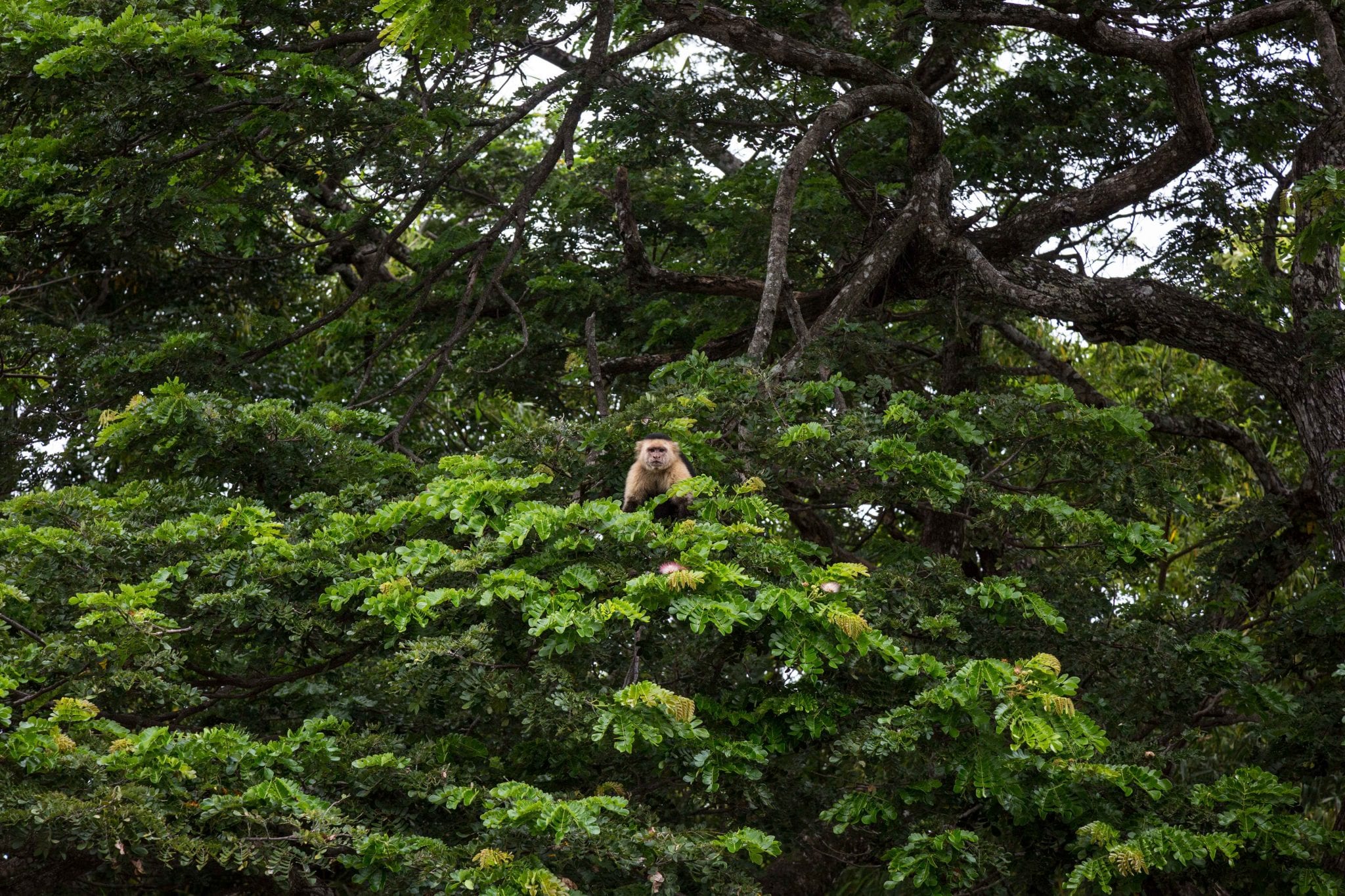
The white-faced capuchin monkey is a habitual resident of the Tempisque River bank.
We also see bare-throated tiger heron and a large wood stock, mammals such as howler monkeys, white-faced capuchin monkeys and reptiles like crocodiles and iguanas.
The bird that most caught our eye — at least for the ticos on the trip — was the bare-throated tiger heron, that, with feathers similar in color and shape to that of a feline, is the main predator of crocodile eggs.
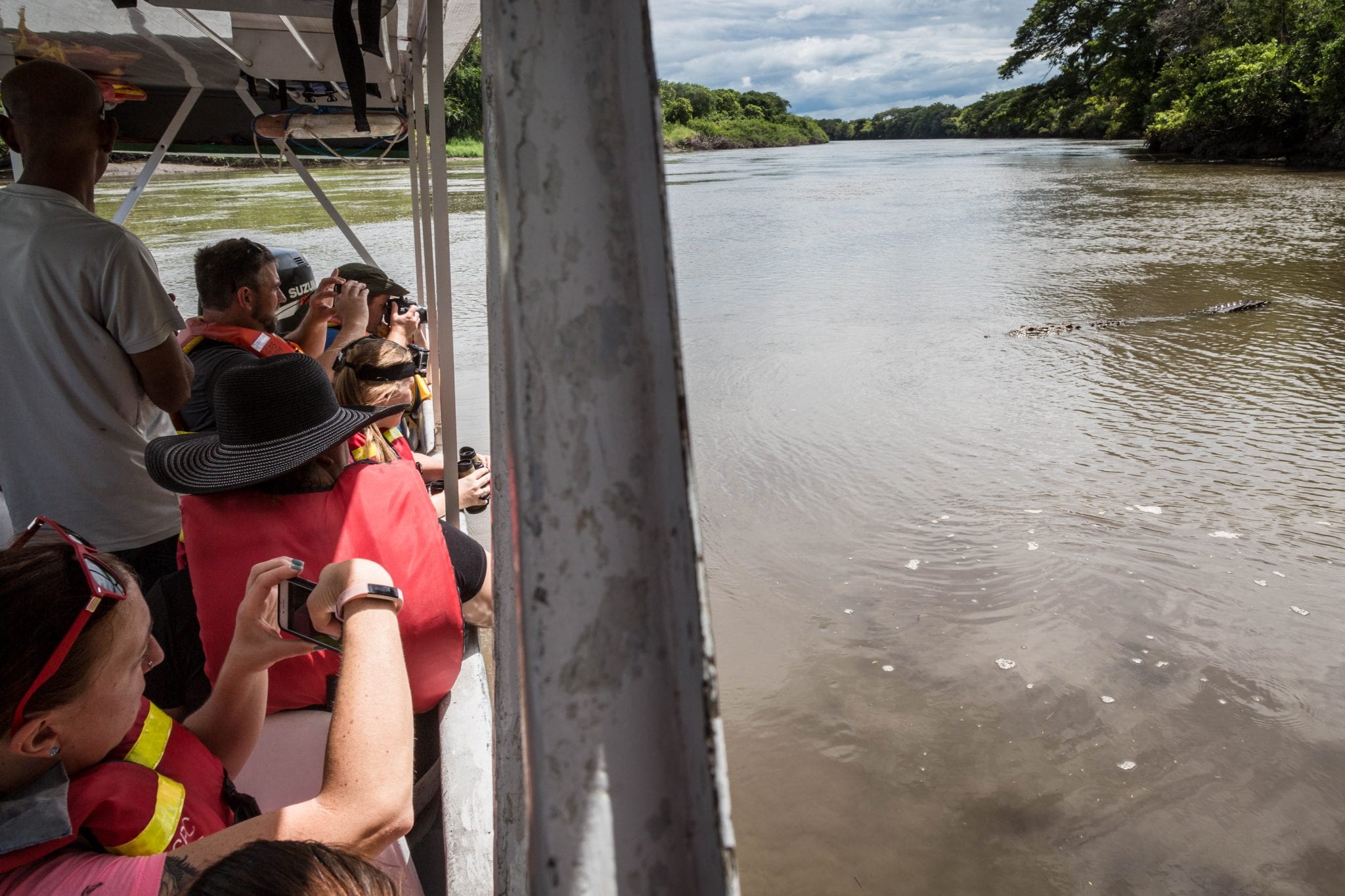
Crocodiles are used to boats of tourists passing by.
Our encounter with the crocodiles was the most exciting part of the tour. We found a mother and her young on one side of the riverbank and a five-meter long crocodile very close to the boat, which swam away after a few minutes, much to our tranquility.
Our guide Óscar Gorgona said that crocodiles are used to boats of tourists passing by and that there are fewer of these reptiles in Tempisque because more males are hatching than females due to high temperatures.
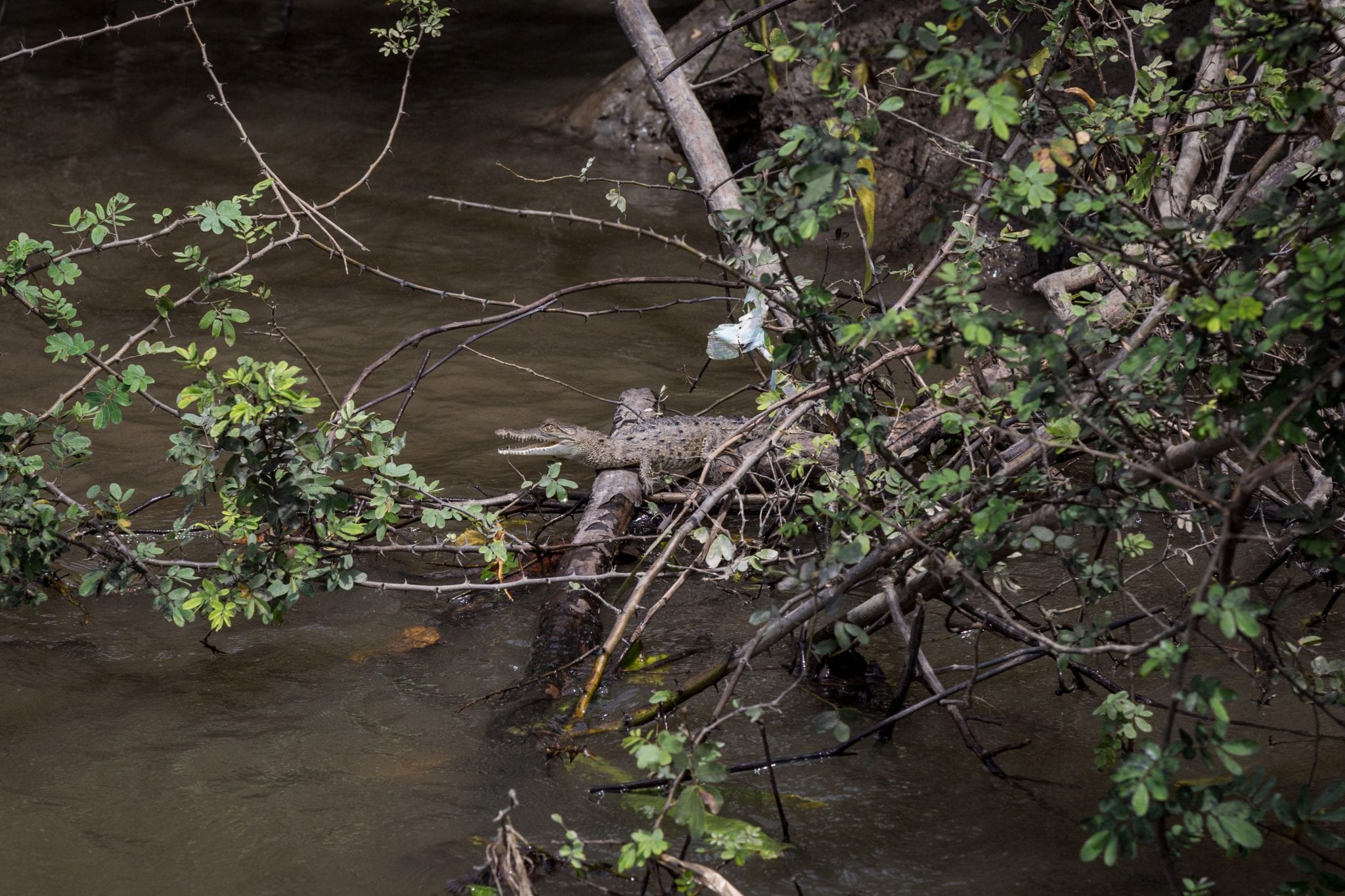
A mother crocodile lays between 10 to 100 eggs. On average, only 20% hatch.
Community Tourism
Osprey Tours has more than 15 years of experience navigating the Tempisque and is led by Bolson-born captain Luis Barrantes, his family and neighbors in the zone. There are seven other tour companies that also navigate the river.
The sport doesn’t require previous experience
At Osprey, the community is also involved in tourism chores. Some of the different tours include traditional lunches, horseback riding and pottery expositions in Guaitil for tourists.
Gorgona said they look out for the safety of tourists, which is why they avoid going out when the river is high or they don’t have the green light from the Environment and Energy Ministry (MINAE) to take the boat out.
All passengers must use a life vest during the tour and it’s prohibited to feed the animals.
Peak tourist season on the Tempisque begins in November. We recommend calling first and arriving early in order to take full advantage of the tour.
Osprey Tour
Tempisque River, Bolsón (Santa Cruz): (+506) 8640-3335.
Price for national tourists: ¢18.000
Price for foreign visitors: $70
Tempisque Adventures
Tempisque River, Bolsón (Santa Cruz): (+506) 8301-1843 / 8335-5462
Price for national tourists: ¢12.000
Price for foreign visitors: $39
Packages include entry fee to Cipancí refuge, lunch and guided boat tour.
Editor’s note: Prices and contact information were updated on September 6, 2021


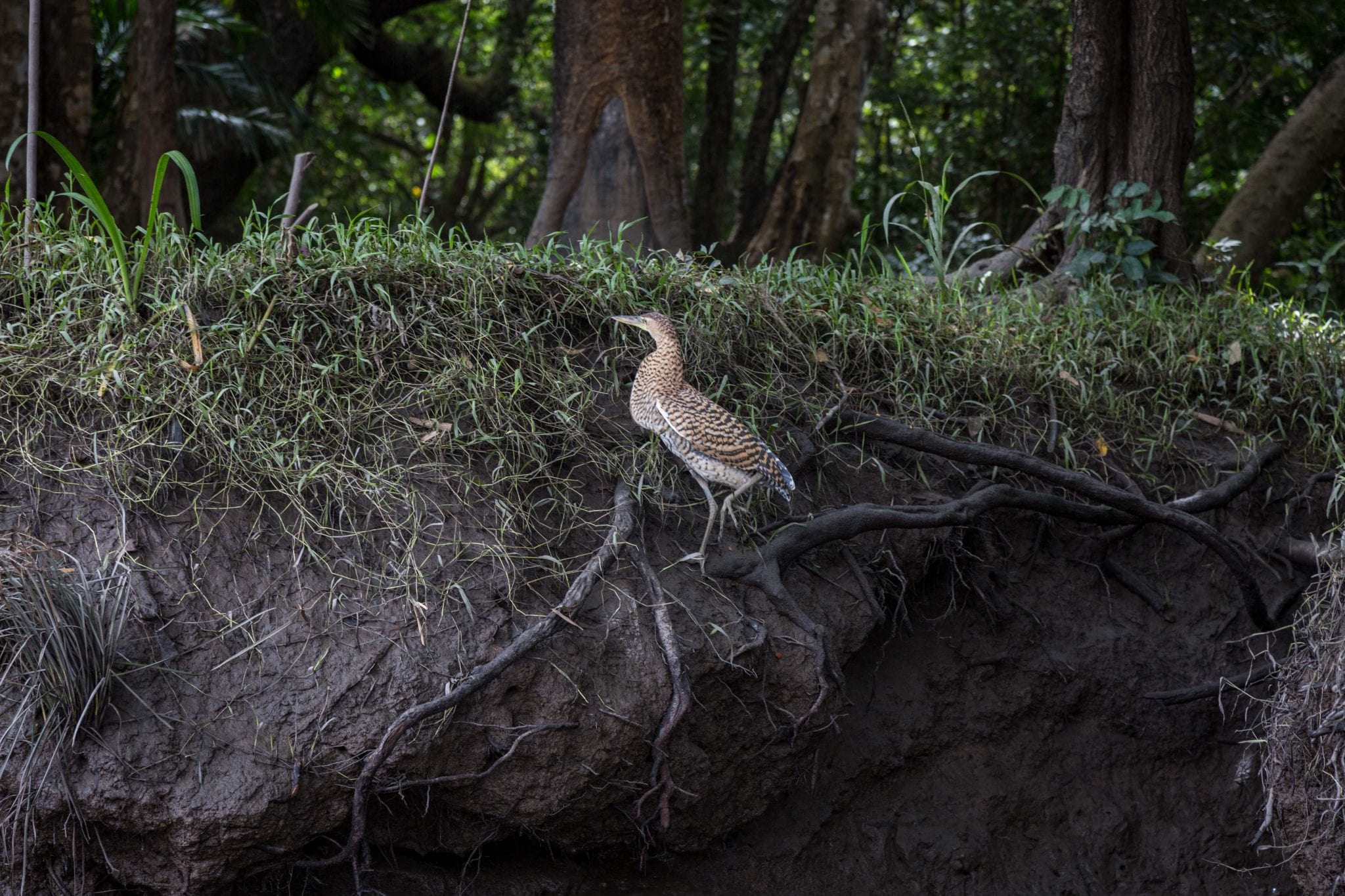

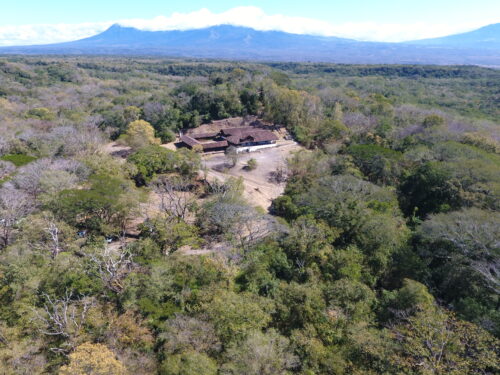



Comments